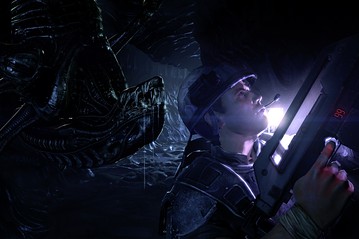New ‘Aliens’ Follow up Takes Movie Game Form
If you have ever considered what occurred to LV-426 after the environmental processor chips blew, then you must be a serious fan of “Aliens,” the 1986 film gazing Sigourney Weaver and Eileen Biehn. SEGA and Gear box Application have designed what they contact a real follow up in activity type that nicely suits between the second and third film in the very effective Twentieth Millennium Fox sequence.
The activity, named Aliens: Northeastern Maritime, occurs after Ripley results in the earth. You cause a second team of colonial marines to examine what occurred to the community and to mop up any remaining aliens. Of course, the peculiar attack is more intense than ever and there is even another king to tangle with.
Fans will be satisfied that the first-person present shooter has all of the acquainted components from the films, such as beat guns with over/under grenade launchers, flamethrowers, energy loaders and acidity peculiar blood vessels that will do you serious harm if you get into a “close experience.” The developers have even integrated the sentry gun spiders from the director’s cut of “Aliens.”
The stay trial seemed like a excellent variation of the film, which already seemed like a capturing collection. You start by searching through the offered out community structures. You have a tracking system, which produces that tension-building buzzing beat, but, of course, the aliens fall in from the roof, surfaces and from within the ground, and they do not die very quickly. It usually requires a few shotgun explosions or a lengthy rush from the smartgun. And there are new types of aliens that have even more armour.
Randy Pitchford, chief executive of Gear box Application, was on website to trial the experience at E3, and he said that he’s been “ganking” from the Aliens sequence for decades as has most of it clip gaming market. He points out the dropships from the Gear box “Halo” activity sequence as one of many components poached from movie director Wayne Cameron’s militarized perspective.


Comments
Post a Comment